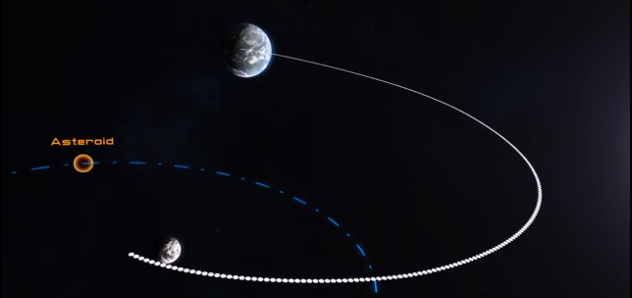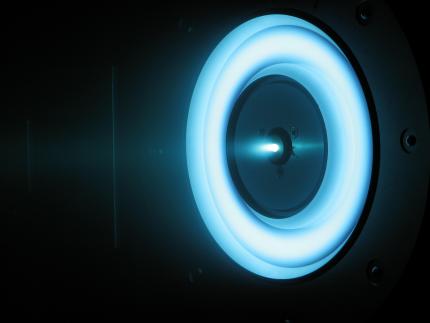How to capture and redirect a near-Earth asteroid

Last month NASA released new photos and video animations depicting the agency's planned mission to find, capture, redirect, and study a near-Earth asteroid. The images depict crew operations including the Orion spacecraft's trip to and rendezvous with the relocated asteroid, as well as astronauts maneuvering through a spacewalk to collect samples from the asteroid.

This concept image shows an astronaut retrieving a sample from the captured asteroid.
The asteroid initiative capitalizes on activities across the agency's human exploration, space technology and science programs. NASA is enhancing its ongoing efforts to identify and characterize near-Earth objects for scientific investigation, and to find potentially hazardous asteroids and targets appropriate for capture and exploration.
The agency is creating an asteroid mission baseline concept to develop further in 2014 to help engineers establish more details about the mission. Meanwhile, engineers and scientists across the agency continue to evaluate several alternatives, as well as ideas from the public, for consideration throughout mission planning.
The asteroid initiative will incorporate advanced solar electric propulsion technology as a power source for spacecraft, offering greater flexibility to the spacecraft and mission planners. The mission also leverages the agency's progress on the Space Launch System rocket, Orion spacecraft and other cutting-edge technology developments.

This image shows a cutting-edge solar-electric propulsion (SEP) thruster in development at NASA's Jet Propulsion Laboratory, Pasadena, Calif., that uses xenon ions for propulsion. An earlier version of this solar-electric propulsion engine has been flying on NASA's Dawn mission to the asteroid belt.
This engine is being considered as part of the Asteroid Initiative, a proposal to robotically capture a small near-Earth asteroid and redirect it safely to a stable orbit in the Earth-moon system where astronauts can visit and explore it. This image was taken through a porthole in a vacuum chamber at JPL where the ion engine is being tested. Image credit: NASA/JPL-Caltech
In late July, NASA conducted its asteroid mission formulation review, which brought together agency leaders from across the country to examine internal studies proposing multiple concepts and alternatives for each phase of the mission, and assessed technical and programmatic aspects of the mission. Currently, NASA is assessing the more than 400 responses received to a request for information in which industry, universities and the public offered ideas for the initiative.
The agency will host a technical workshop at the Lunar and Planetary Institute in Houston from September 30 to October 2 to discuss those responses and the potential for ideas from them to be incorporated into the mission concept. Virtual participation will be available to the public. Participation details will be provided prior to the event.

Source and images: NASA/JPL-Caltech

Commenting rules and guidelines
We value the thoughts and opinions of our readers and welcome healthy discussions on our website. In order to maintain a respectful and positive community, we ask that all commenters follow these rules:
We reserve the right to remove any comments that violate these rules. By commenting on our website, you agree to abide by these guidelines. Thank you for helping to create a positive and welcoming environment for all.